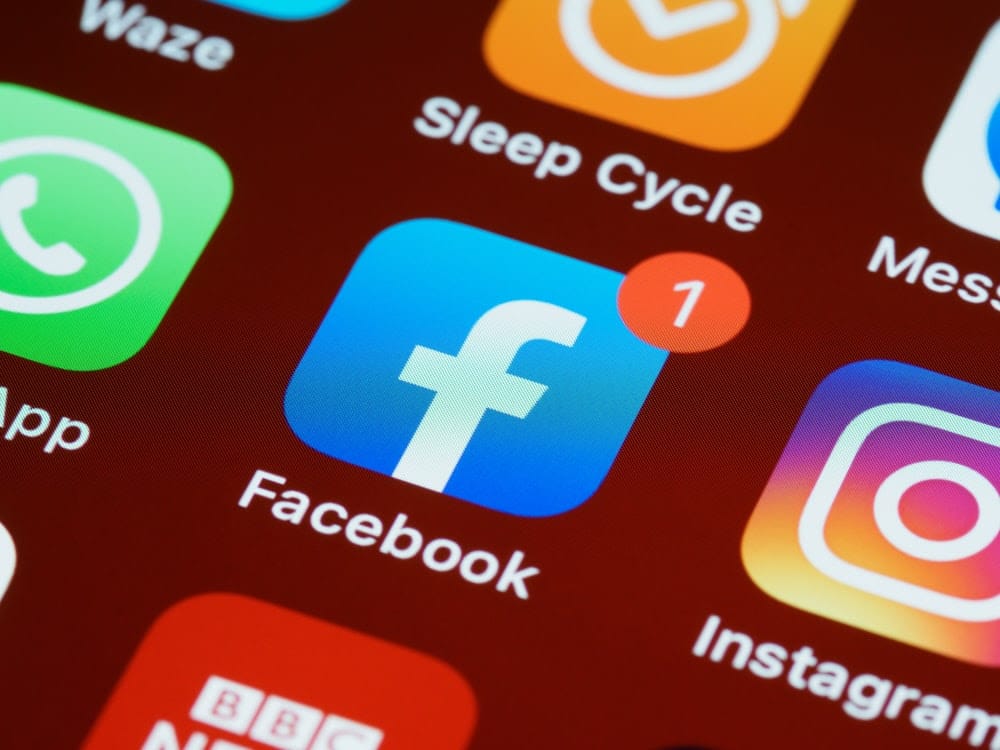Name, location, age, job title, marital status, photo?
The amount of information people are willing to share varies.
The story of Tom Liner, a hacker who stole 700 million addresses and sold them for $5,000
The post appeared on a well-known hacking forum at 8.57am UK time.
It was a strangely civilised time for hackers, but of course we have no idea what time zone the hacker – who calls himself “Tom Liner” – lives in.
“Hi, I have 700 million LinkedIn accounts registered in 2021,” he wrote.
The message contained a link to a sample of one million records and invited other hackers to contact him privately and make offers for the database.
The message contained a link to a sample of one million records and invited other hackers to contact him privately and make offers for the database.

Happy customers
The sale has obviously caused a stir in the hacking world and Tom told me that he is selling his haul to “many” happy customers for around $5,000.
He won’t say who his customers are or why they want the information, but he says the data is probably being used for other malicious hacking campaigns.
The news has excited the cybersecurity and privacy world, which has questioned whether or not we should be concerned about this growing trend of XXL hacking.
These databases are not created by breaking into servers or social networking websites.
They are largely created by skimming the surface of publicly accessible platforms, using automated programs that take all freely available information about users.
On paper, most of the data compiled could be found by simply browsing the profile pages of individual social media. Clearly, it would take several lifetimes to gather as much data as the hackers are able to do with a few clicks
Since the beginning of the year, there have been three other major ‘hacking’ incidents:
– In April 2021, a hacker sold another database containing around 500 million data extracted from LinkedIn.
– In the same week, another hacker published a database containing information extracted from 1.3 million Clubhouse profiles on a forum for free.
– Also in April, 533 million Facebook user details were compiled from a mixture of old and new hacks before being offered on a hacking forum with a request for “donations”.
Cybersecurity professionals agree that these large-scale operations are very serious given the confidentiality of certain information such as geographical locations or private mobile phone and email addresses.



Comment here